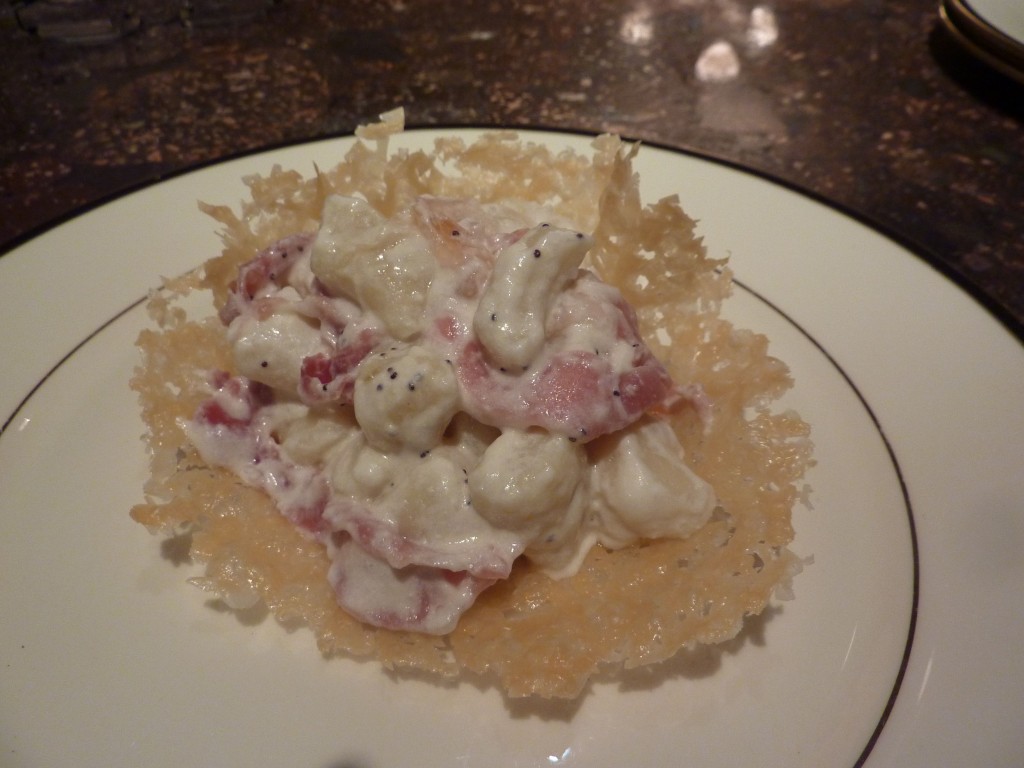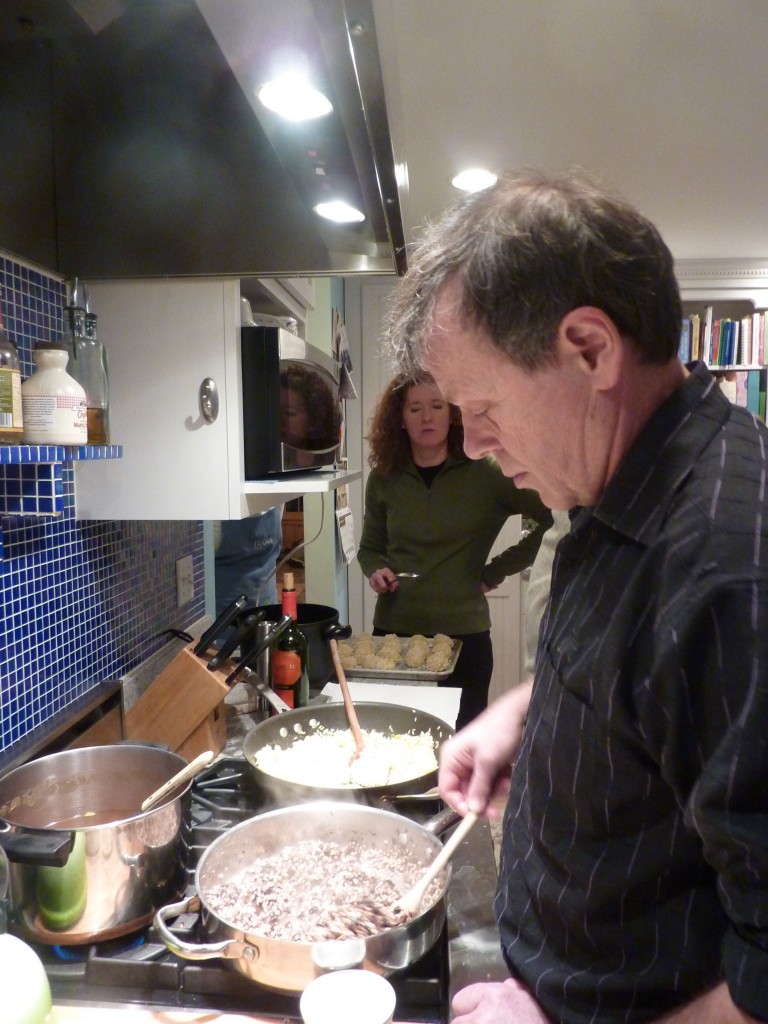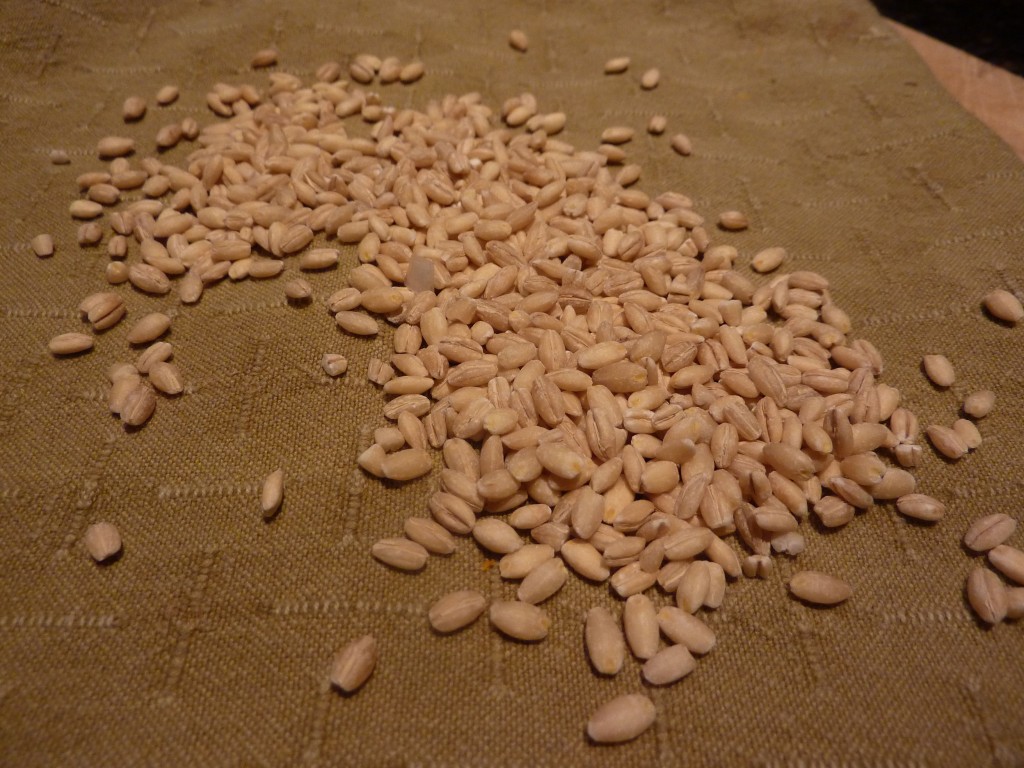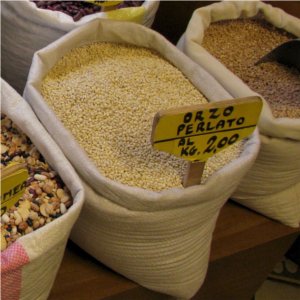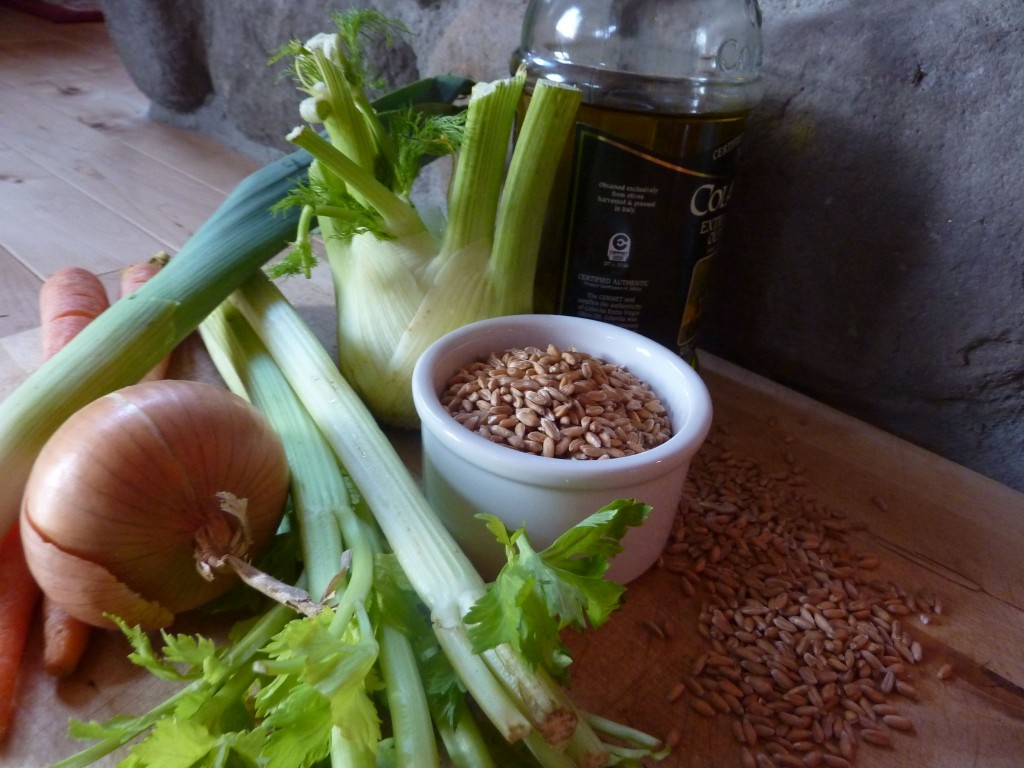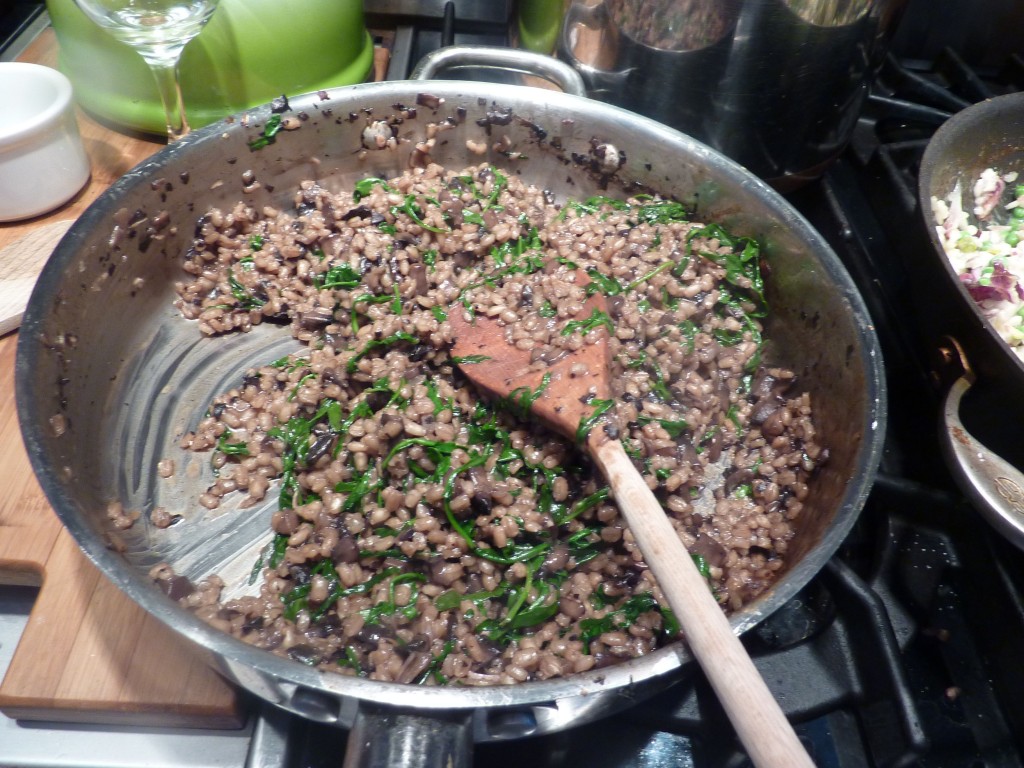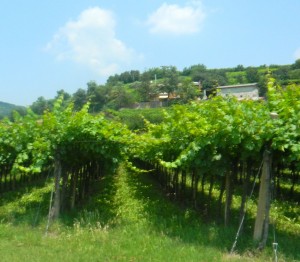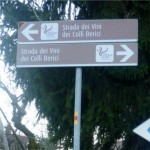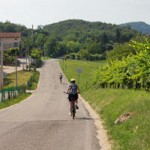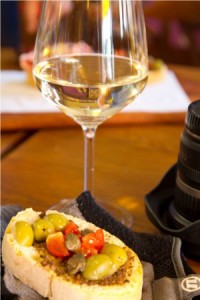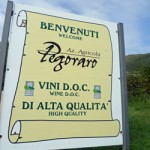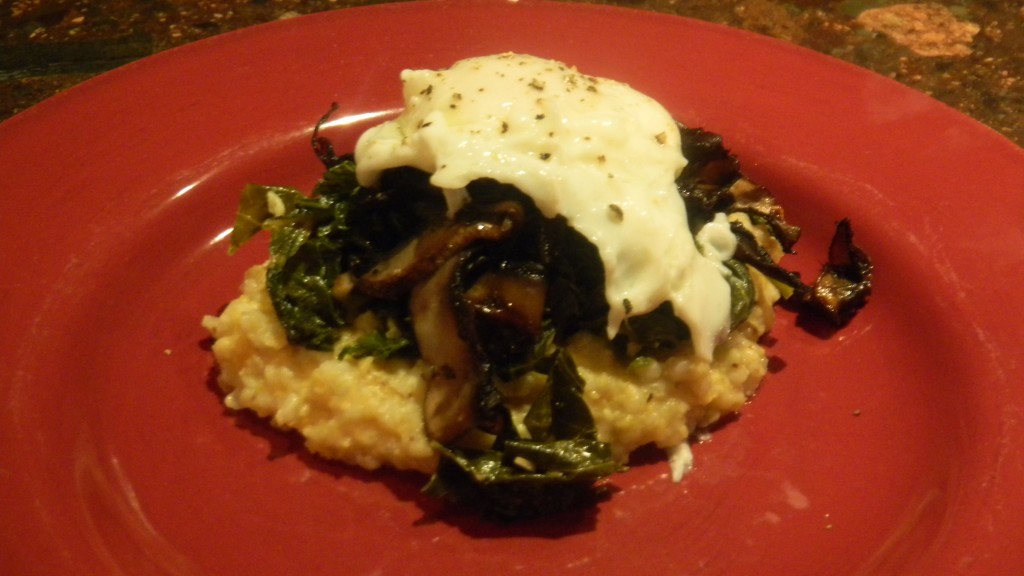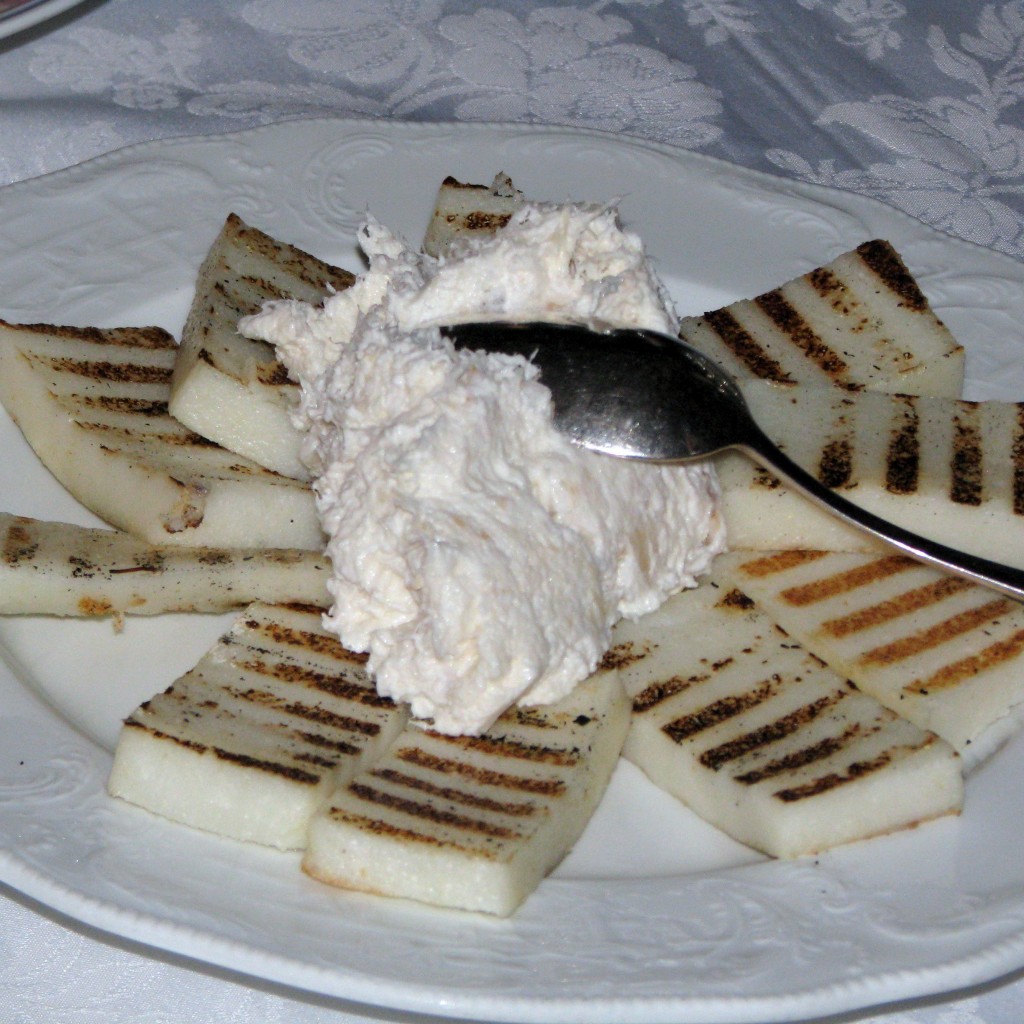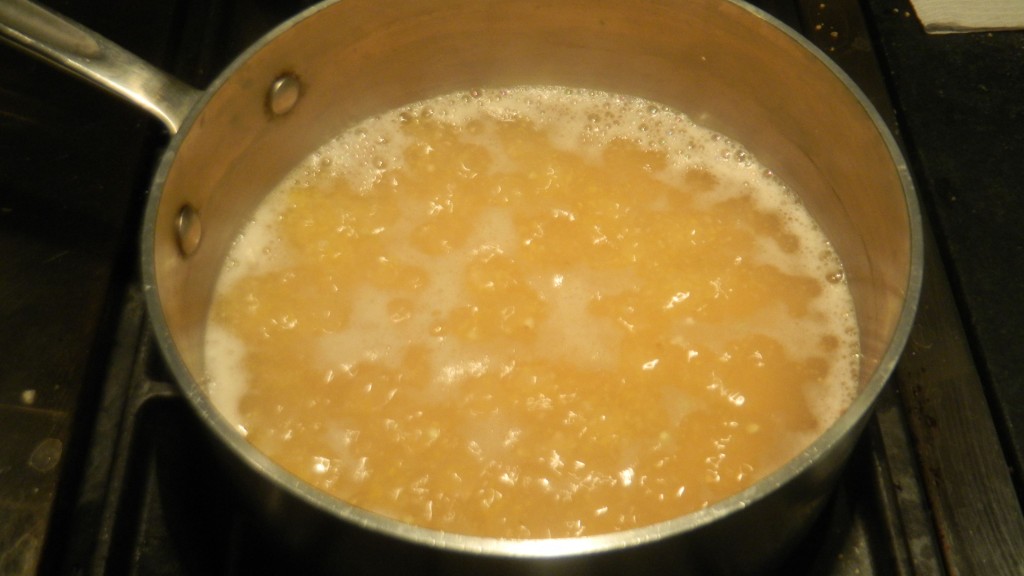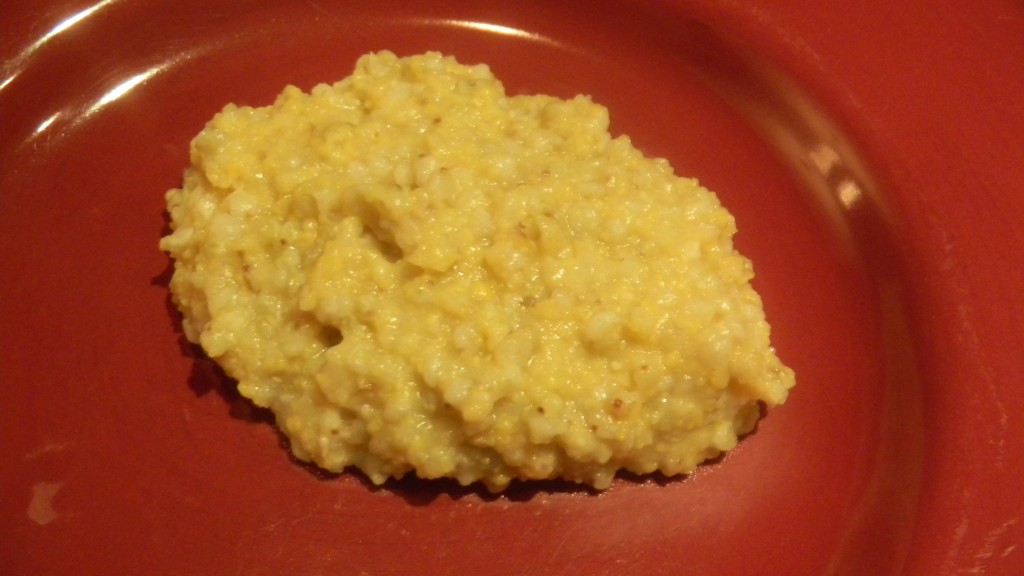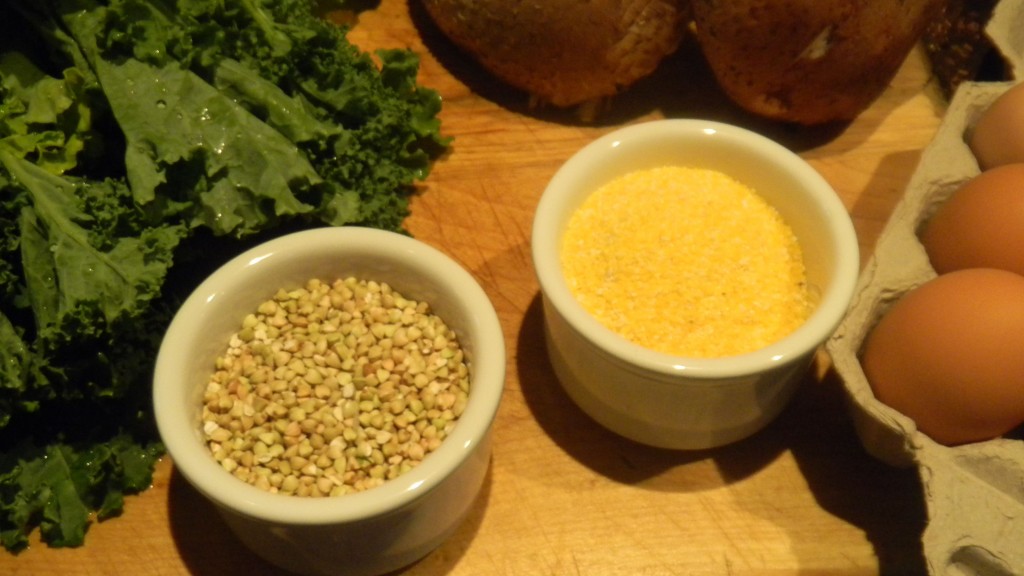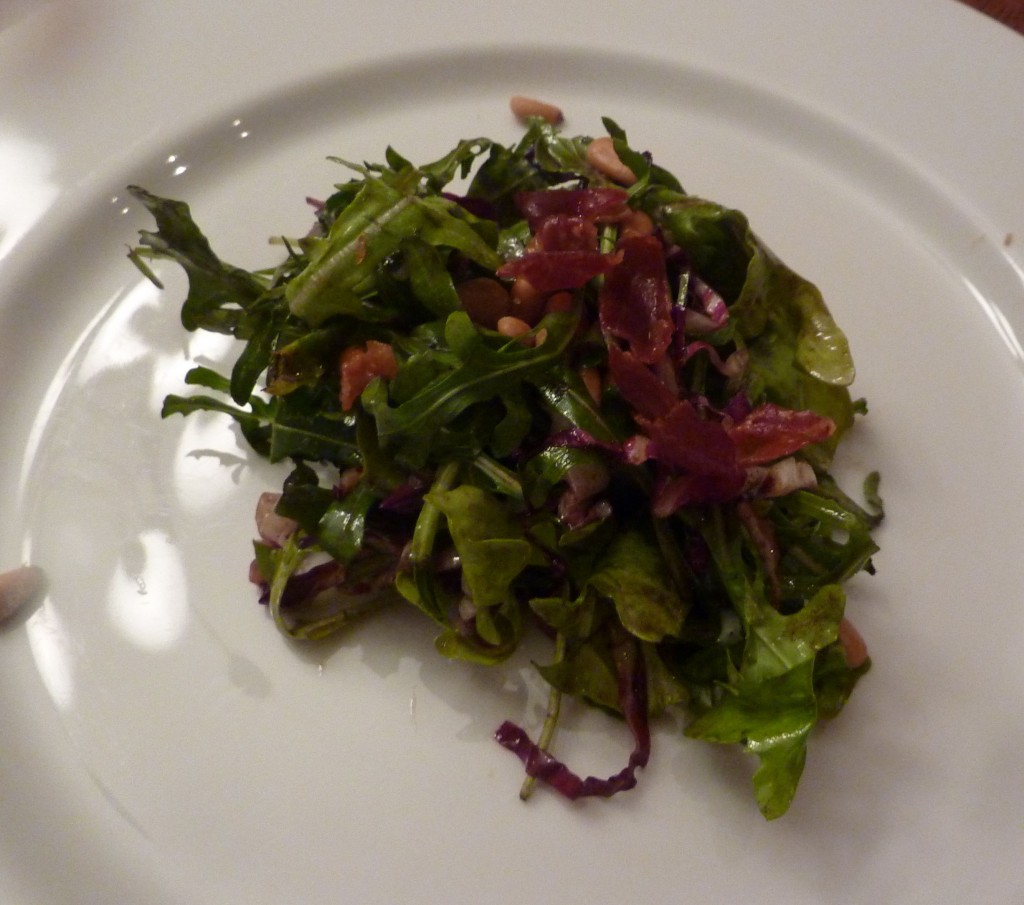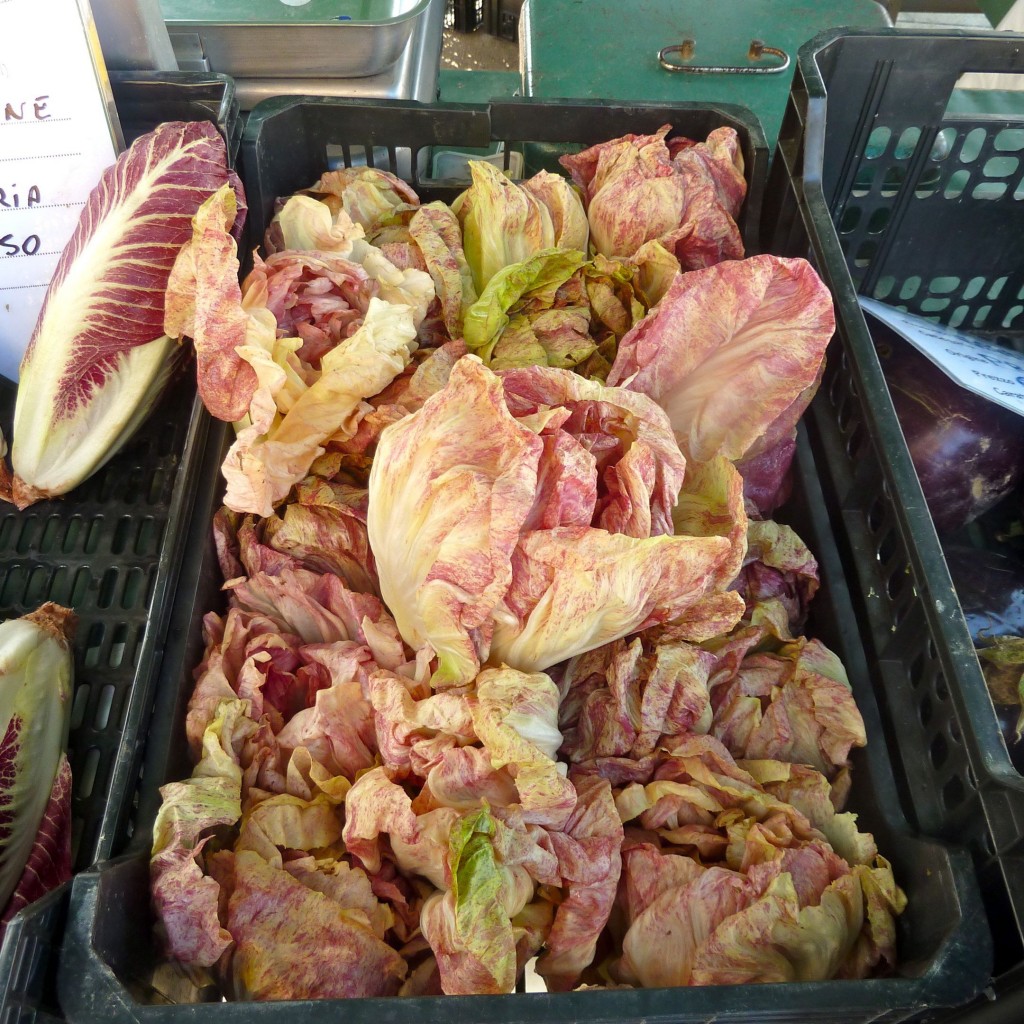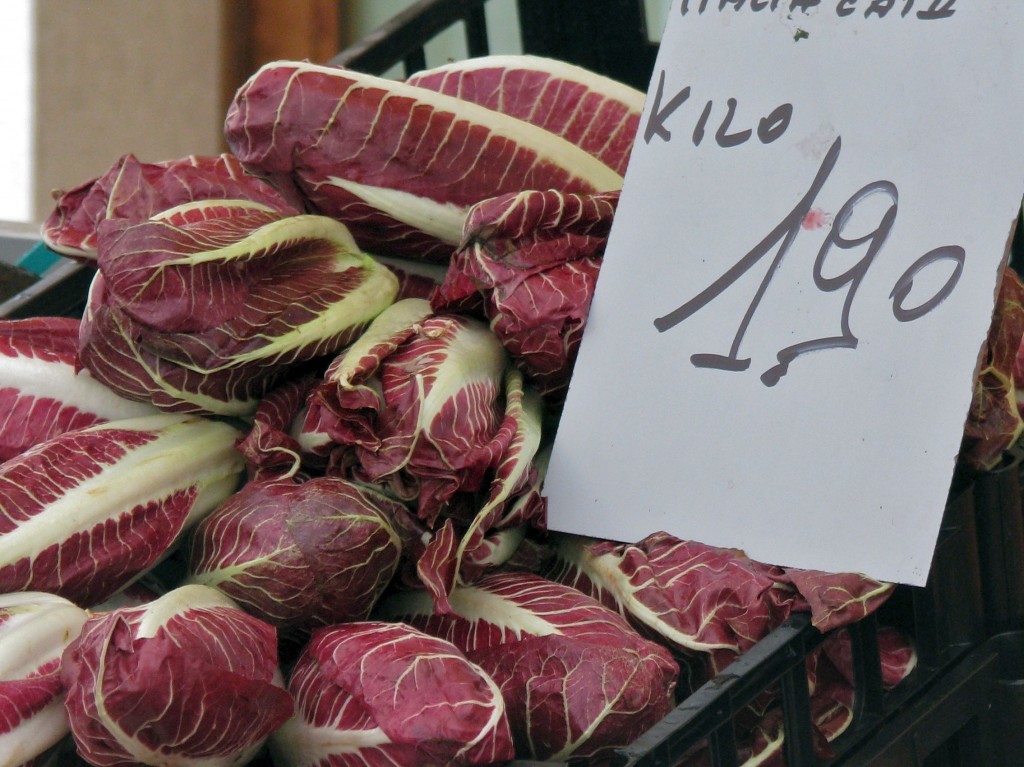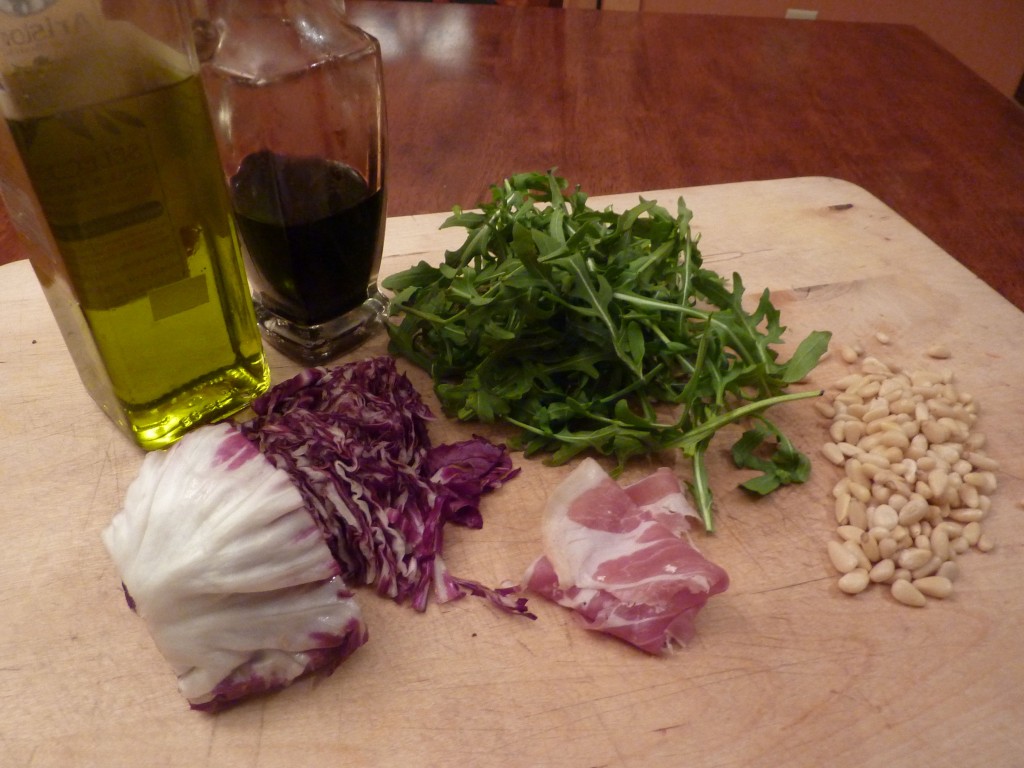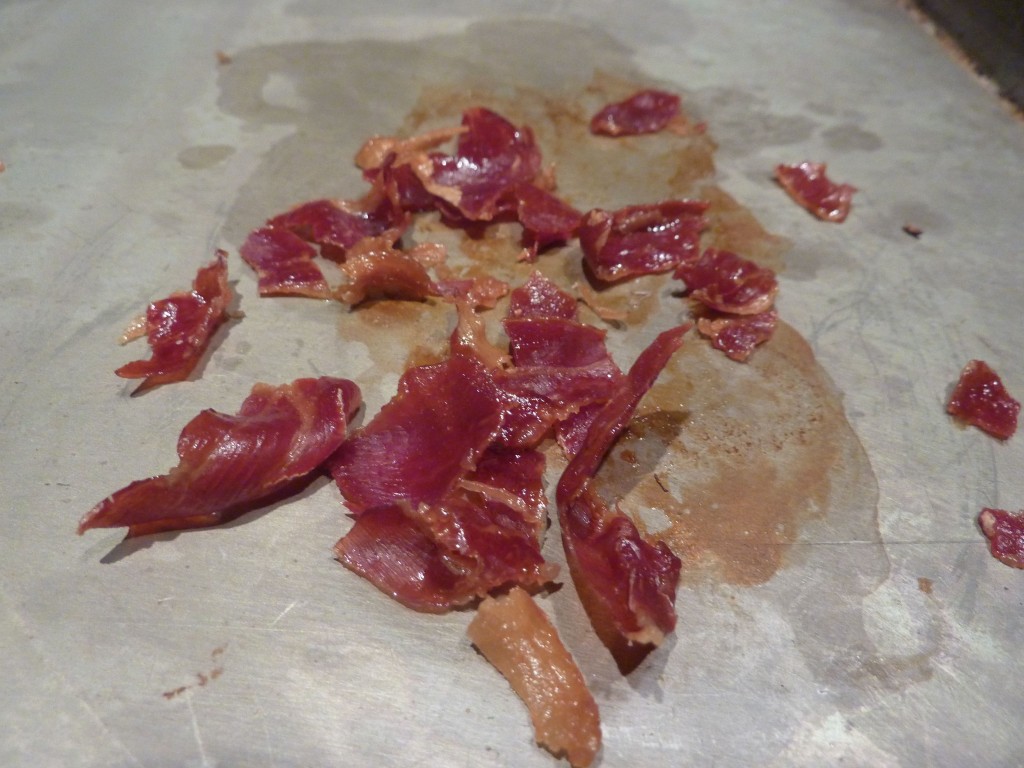Poppy seeds are quite popular in the cuisine of Friuli-Venezia Giulia, but are seen very rarely in regions outside of Northeastern Italy. These seeds are obtained from the opium poppy. but have no narcotic effect! They can be used whole or ground, or pressed to produce poppy seed oil.
Poppy seeds are used in many cuisines of Central Europe – Austrian, Czech, Hungarian, German and Slovac. There appearance in the cuisine of Friuli-Venezia Giulia is one more example of the influence of these areas on the foods of this region of Italy.
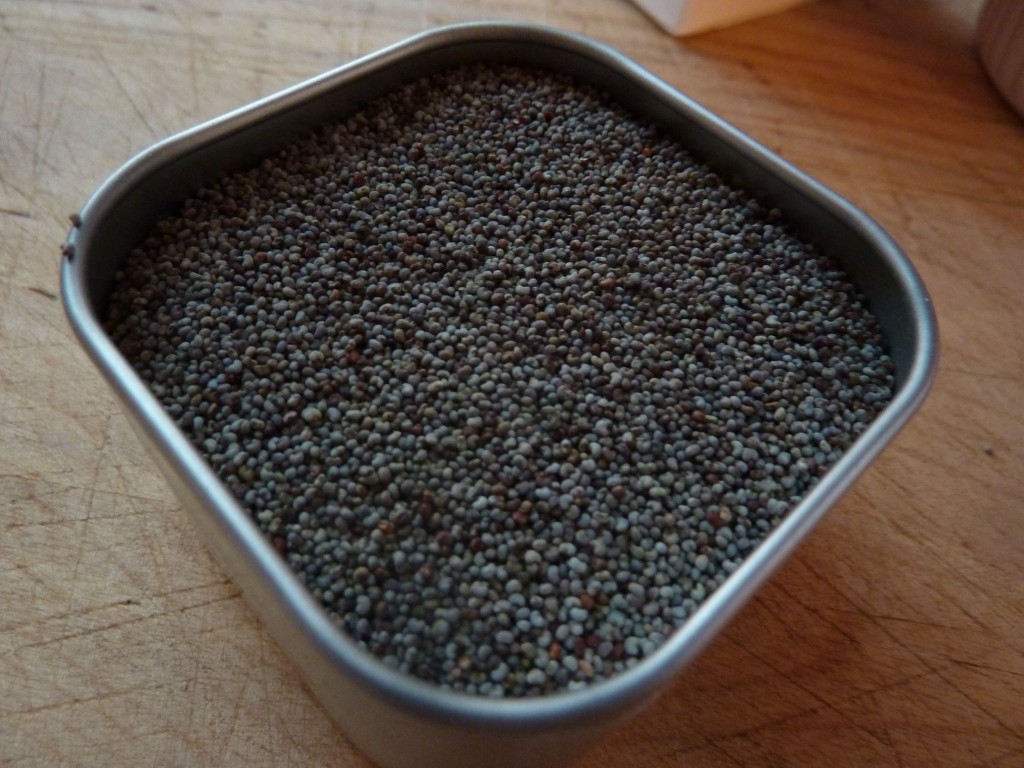
The city of Trieste lies on the Adriatic, and throughout history was a very active trading port, as Austria lavished money and attention on the principal port of the Hapsburg and then Austro-Hungarian empire. Here, spices of all types arrived to be carried north to Austria, Germany and elsewhere in Central Europe. These spices were often transported by cramars, traveling peddlers who lived in the mountains of Carnia in the northernmost section Friuli-Venezia Giulia. Originally settled by the Celts, who brought with them a talent for land management, and began by raising livestock in this region. When winter approached, and grazing was limited, these pig farmers would load up with spices, leave their families behind and made a difficult trek north through the Alps to Austria and Germany to pick up some additional income by selling their wares.
As many of these spices were believed to have medicinal benefits, these cramars became a sort of medicinal healer as well, selling mixtures of spices and dried herbs as remedies. Any of these spices that were not sold ended up being used in the kitchens of this region. You see them in many baked sweets, breads, and salad dressings, just as you do here in the US, but they also appear in pastas and sauces.
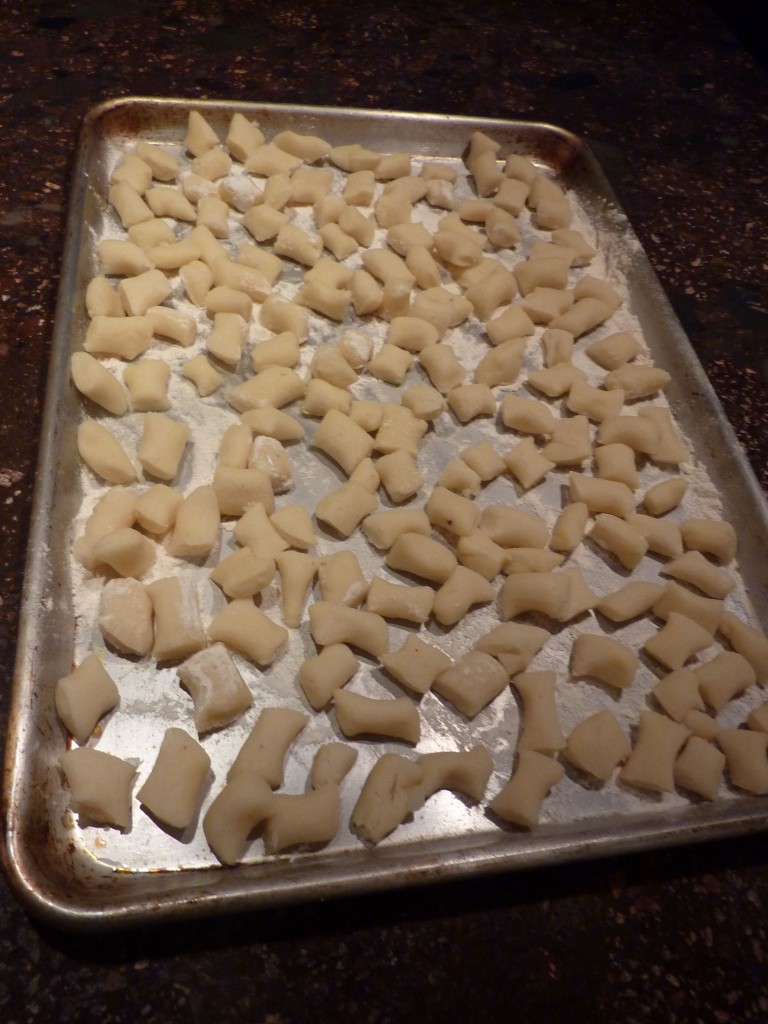
This recipe is a variation of one from “La Terra Fortunata”, by Fred Plotkin. I used my favorite potato gnocchi recipe, which I have posted before, by Jody Adams. Also, in “La Terra Fortunata”, the photo of the recipe indicates that speck is used, but the recipe itself does not include it. I do. Montasio cheese was not available for me, so I used a combination of cheeses from northeastern Italy, a grana and two types of Piave, a younger and a more aged (stravecchio) version.
This was one of my favorite recipes to play with – I made gnocchi with my 19 year old son Colin and his girlfriend Kelly, both visiting during his spring break. Once the potatoes are cooked, the gnocchi takes only minutes when you have a few willing hands to help. Colin is living on his own next year at college, and is looking to pick up some cooking tips. He is planning on making a big batch of these, and freezing them. But this sauce is great over pasta as well, so if he doesn’t quite get around to making the gnocchi, he’ll still have one dish up his sleeve!
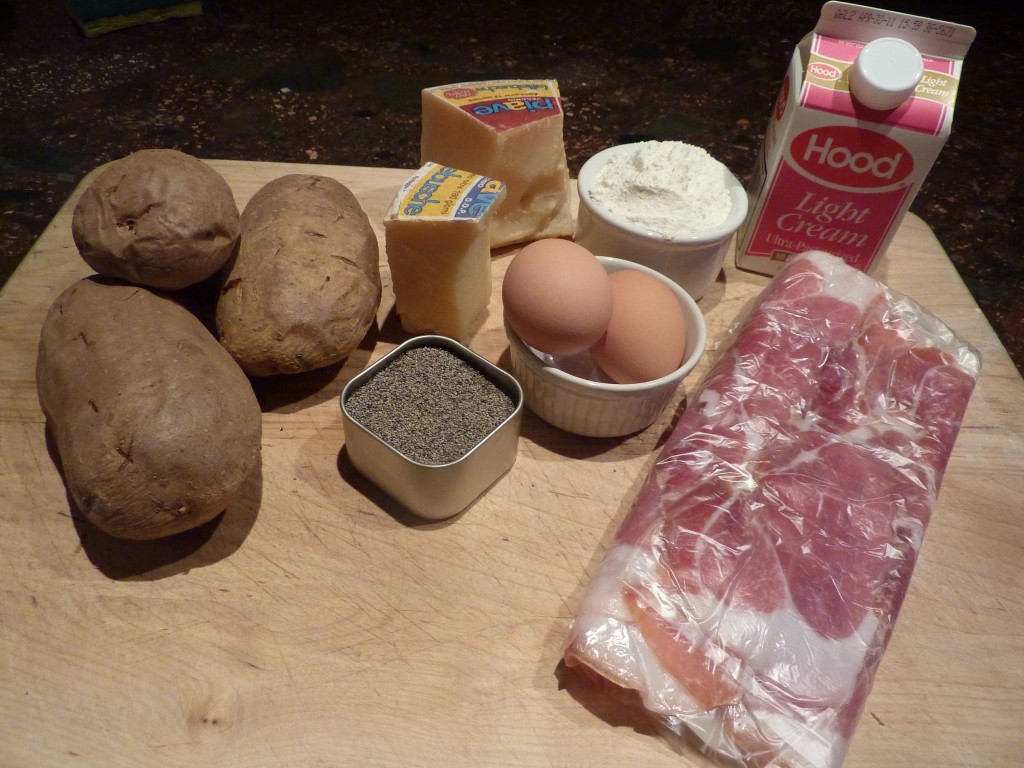
Gnocchi con Crema di Montasio, Speck, e Semi di Papavero
Serves 4 to 6
1 recipe Potato Gnocchi
2 cups grated cheese, an assortment of aged and semi-aged: Montasio, Piave, Grana
1/3 cup light cream
Kosher salt
1 tablespoon poppy seeds
4 ounces speck or prosciutto, roughly chopped
Set a large pot of water over high heat and bring to a boil.
Heat the cream over medium heat in a large saute pan to just a simmer. Add the grated cheese and stir gently while everything melts. Turn off the heat.
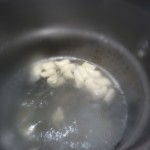
When the water comes to a boil, salt until the water is salty like sea water. Add the gnocchi to the pot. Do not crowd too much; cook in batches. As soon as the gnocchi float to the top, remove them with a slotted spoon or spider, and add to the saute pan with the cheese.
When all the gnocchi has been cooked, add the poppy seeds and speck. Turn on the heat to medium, and stir to heat through. Serve immediately.
Fred Plotkin suggests serving the gnocchi in a frico flower for a more elegant presentation. The instructions for a frico flower are below. I don’t think Colin will be using this presentation at college.
Frico Flowers
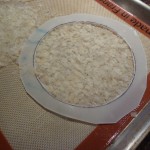
Makes 4 flowers
1 cup grated grana or Parmiggiano Reggiano cheese
Also needed:
A 7” square of plastic or cardboard
Two 5” bowls
Parchment paper or Silpat
Preheat oven to 350°.
To make the mold: Using a piece of cardboard, or a sheet of plastic, cut a circle 7” in diameter. Cut a second circle, 5” in diameter, in the middle of the 7” circle. You will use the outer ring, not the 5” circle.
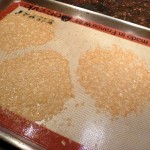
Place a piece of parchment paper or a silpat on a sheet pan. Place the ring on one half of the sheet pan, and sprinkle 1/4 of the cheese in a very thin layer over the empty circle in the middle. Carefully, lift the ring off, leaving a thin circle of grated cheese. Repeat on the other side of the sheet pan.
Place the sheet pan in the oven, and cook until the cheese has melted and is just beginning to brown. Remove from oven, and quickly (the cheese needs to be warm) carefully lift each circle and place in a 5” bowl. Allow to cool, and the circle will harden in the shape of the bowl.
Repeat to make the last two flowers.
